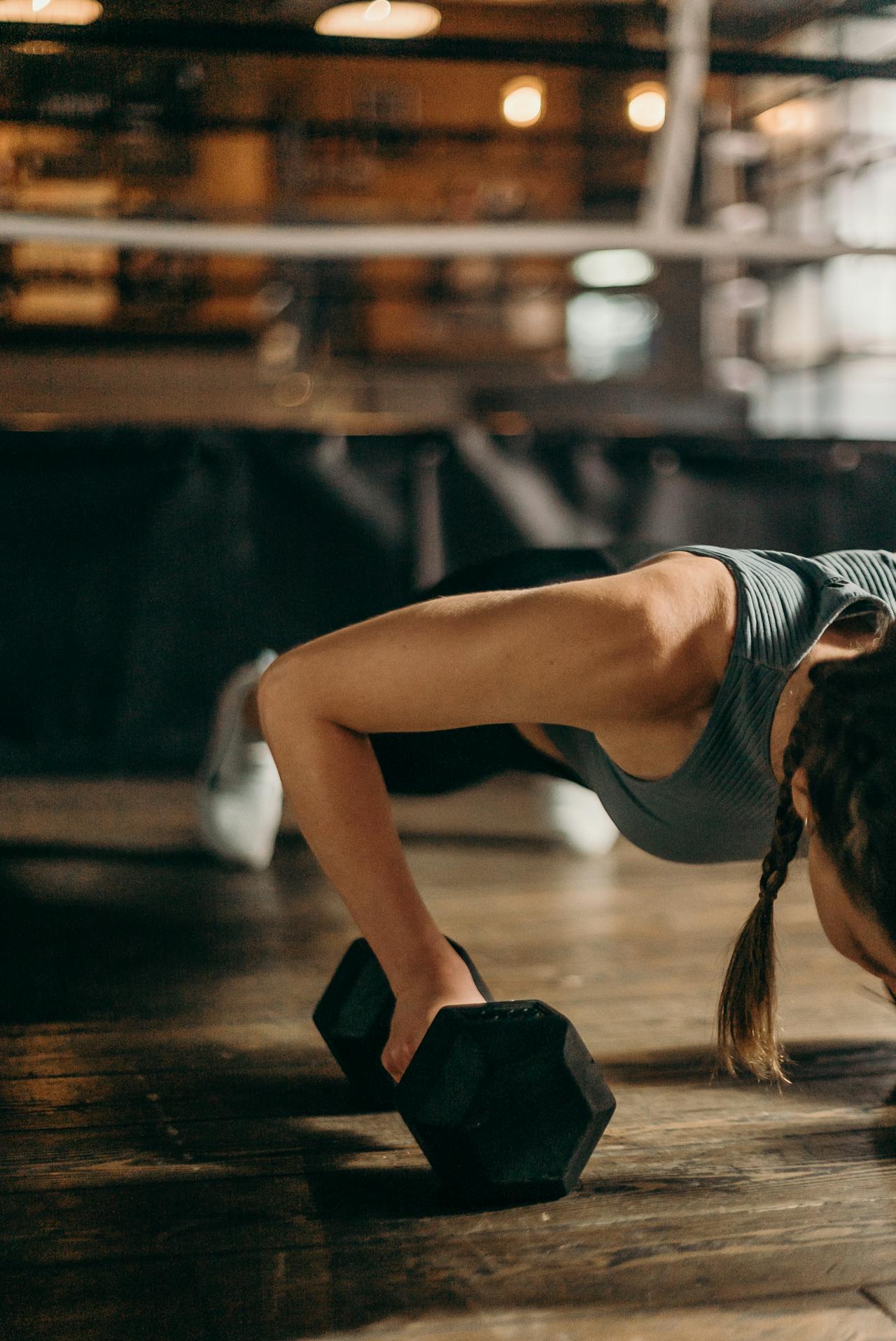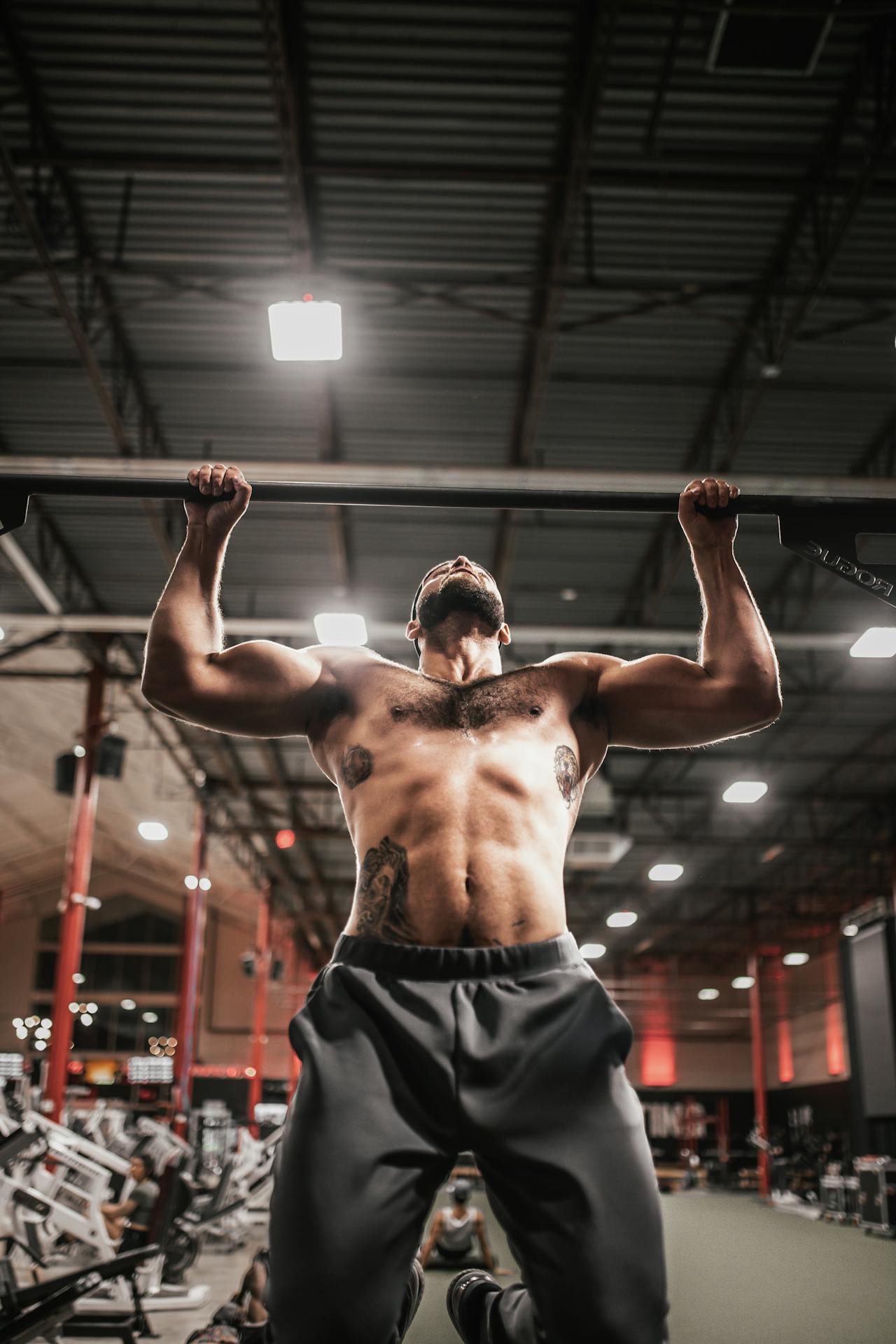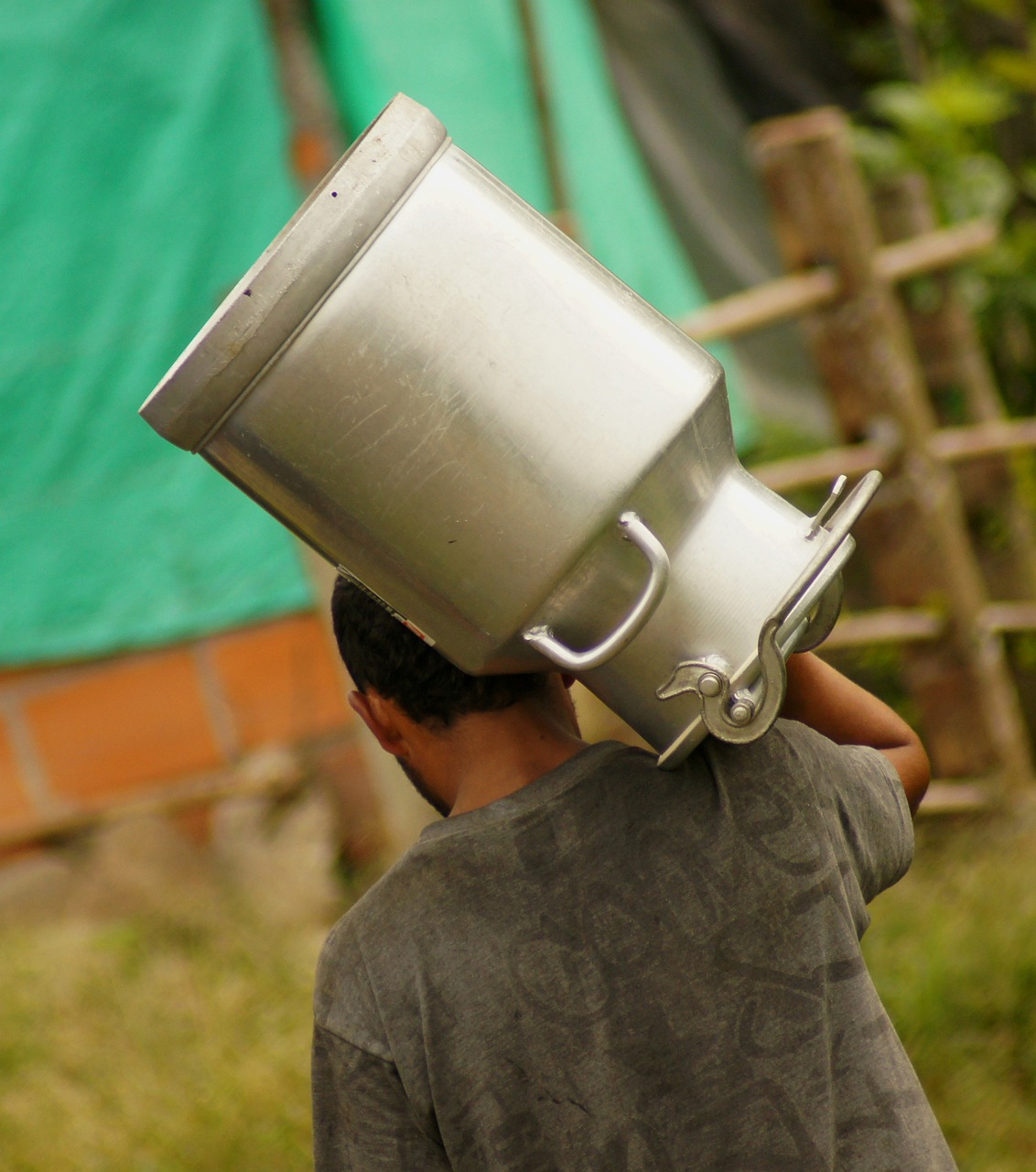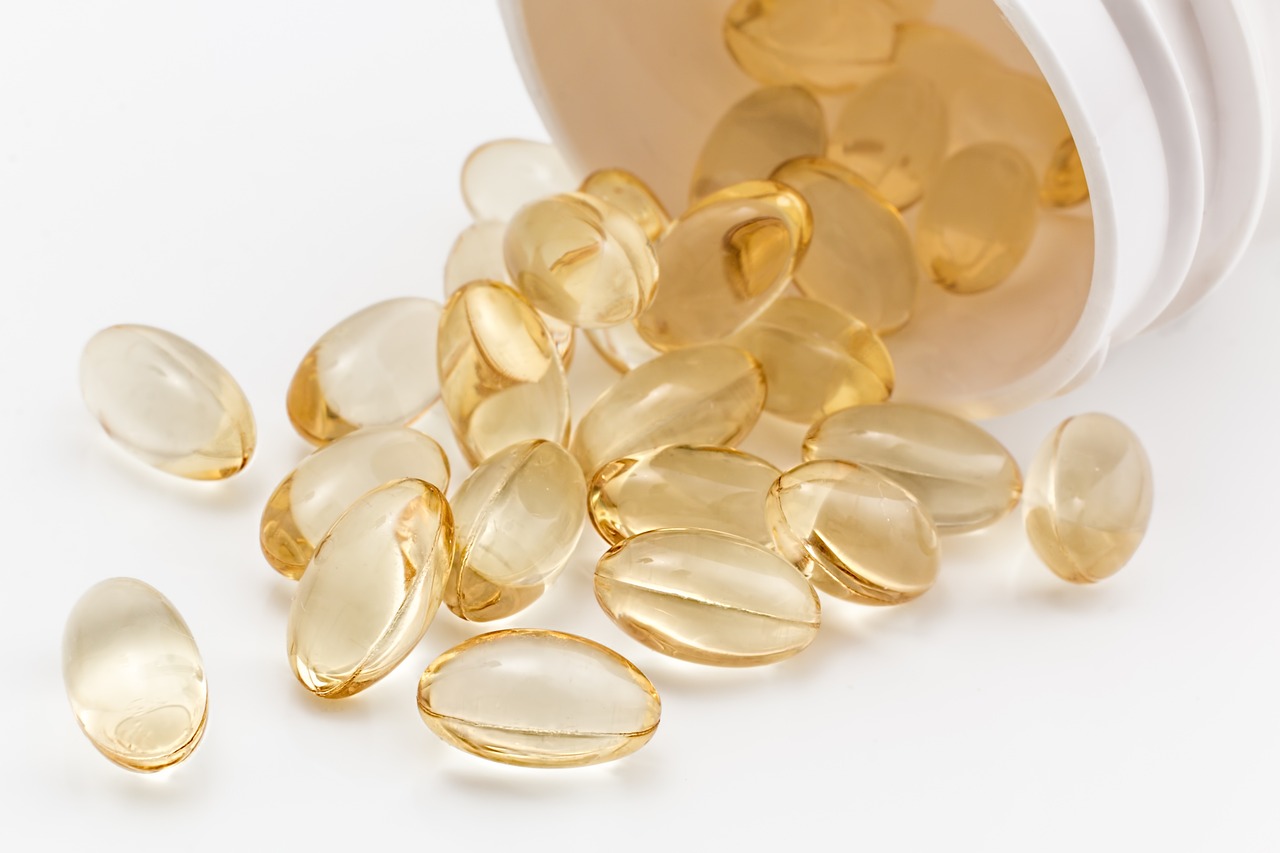This article explores the importance of scapular stability and hip mobility for overall fitness and injury prevention. It emphasizes a crucial concept: "regress to progress." This approach encourages re-evaluating your exercise routine and prioritizing proper form over blindly increasing intensity. By addressing weaknesses and imbalances, you can create a more sustainable and effective path to achieving your fitness goals. This concept isn't about taking steps backward permanently, but rather about taking strategic regressions to create a stronger foundation for future progress. It’s about ensuring that your body is moving efficiently and effectively, minimizing the risk of injury and maximizing your potential for growth.
Why You Should Consider Regressing to Progress
Many fitness enthusiasts encounter plateaus, injuries, or a lack of progress. Often, the culprit is a poorly designed routine that neglects proper form or fails to address underlying weaknesses. Chasing heavier weights or longer durations without proper mechanics can lead to overtraining, pain, and ultimately, hinder your progress. Regress to progress emphasizes the importance of a step-back approach. It's about taking a critical look at your current routine and asking yourself: "Am I prioritizing quality over quantity?" This introspection is essential for identifying areas that need improvement and preventing future injuries. This approach also helps you to develop a deeper understanding of your body and how it moves, which is crucial for long-term fitness success.
For instance, imagine a runner who keeps increasing their mileage despite experiencing knee pain. Or a weightlifter who continues to add weight to their bench press despite rotator cuff discomfort. These scenarios highlight the dangers of prioritizing intensity over proper form. Pain is a warning sign from your body; ignoring it can lead to significant injuries and setbacks. Addressing these issues early on can prevent chronic pain and more serious injuries down the line. It's much more effective to address the root cause of the problem than to simply mask the symptoms with pain medication or other temporary solutions.
The Impact of a Sedentary Lifestyle
Our modern lifestyle, characterized by prolonged sitting at work and leisure, significantly impacts posture, joint mobility, and stability. This can be likened to what I call "Praying Mantis Syndrome" (PMS). Imagine a praying mantis hunched over with its forearms flexed – this posture mirrors how many people sit at their computers. Over time, this position leads to muscle imbalances in the hips, calves, legs, shoulders, and arms. These imbalances contribute to poor posture, limited range of motion, and increased risk of injury. Addressing these postural issues is crucial for maintaining long-term health and preventing chronic pain.
These imbalances can further compromise joint range of motion, stability, and mobility. For example, tight hamstrings and calves combined with weak glutes can negatively affect knee stability. Think of it like driving a high-performance car with faulty shock absorbers. The car is designed for speed and performance, but neglecting maintenance will inevitably lead to problems. Similarly, neglecting your body's mechanics will eventually lead to pain, injury, and decreased performance. Taking the time to address these imbalances is like performing preventative maintenance on your body, ensuring optimal function and preventing future problems.
Combating Muscle Imbalances and Preventing Injuries
There's no magic bullet for correcting muscle imbalances. Various factors contribute to the problem, some unavoidable (like sitting at a computer for work). However, incorporating specific exercises can promote better balance and address these imbalances effectively. This proactive approach can significantly reduce the risk of injury and improve overall performance.
Case Study: Addressing Knee Pain
Let's delve into a common scenario: knee pain experienced by runners, particularly those with valgus knees (knock knees). This misalignment is more prevalent in females due to wider hips. Additionally, prolonged sitting can compromise running mechanics. While various factors can influence knee pain, addressing hip stability is often crucial. This example illustrates the importance of looking at the body as a kinetic chain, where problems in one area can affect other areas.
The first step is to temporarily stop running. Remember the car analogy – prioritize proper mechanics over pushing through pain. Here are some basic tips for improving hip mobility and knee stability:
- **Self-Myofascial Release (SMR) with a foam roller:** Focus on glutes, piriformis, IT band, quads, hamstrings, calves, and even lats. Roll for 30 seconds on any trigger points and repeat for 3 sets. Perform this before and after workouts, 3-4 times per week.
- **Glute Activation and Hip Mobility Drills:** Exercises like single-leg bridge raises, fire hydrants, and side planks with leg abduction target the glutes and improve hip mobility.
- **Learn proper movement patterns:** Master bodyweight exercises like squats, lunges, and deadlifts with proper form before adding weights.
- **Switch to non-impact cardio for 1-3 weeks:** Opt for elliptical trainers, stationary bikes, or swimming to allow your knees to recover.
- **Gradually return to running:** Once pain subsides, reintroduce running with proper form and consider adding light weights to lunges as you progress.
Enhancing Scapular Stability and Shoulder Mobility
Similar to hip and knee issues, shoulder problems can often be traced back to muscle imbalances. Here are some tips to improve scapular stability and shoulder mobility:
- **SMR with a foam roller:** Focus on lats, rhomboids, pecs, and piriformis to improve muscle extensibility.
- **Thoracic spine mobility exercises:** The thoracic spine is designed for rotation, unlike the lumbar spine. Exercises like thoracic spine rotations can significantly improve posture and movement.
- **Rotator cuff exercises:** Focus on internal and external rotations to improve shoulder stability and prevent rotator cuff injuries.
- **Y, W, and L exercises:** These exercises target the muscles responsible for scapular retraction and depression, improving posture and shoulder health.
By implementing these strategies and prioritizing proper form, you can enhance your fitness journey, prevent injuries, and achieve long-term success. Remember to consult with a qualified healthcare professional or certified fitness trainer for personalized advice and guidance. This personalized approach can help you address your specific needs and create a training program that is safe and effective for you.
1American Council on Exercise (ACE).2National Academy of Sports Medicine (NASM).3Journal of Strength and Conditioning Research.4Sahrmann, S. A. (2002). *Diagnosis and treatment of movement impairment syndromes*. Mosby.5Kendall, F. P., McCreary, E. K., Provance, P. G., Rodgers, M. M., & Romani, W. A. (2005). *Muscles: Testing and function, with posture and pain*. Lippincott Williams & Wilkins.













